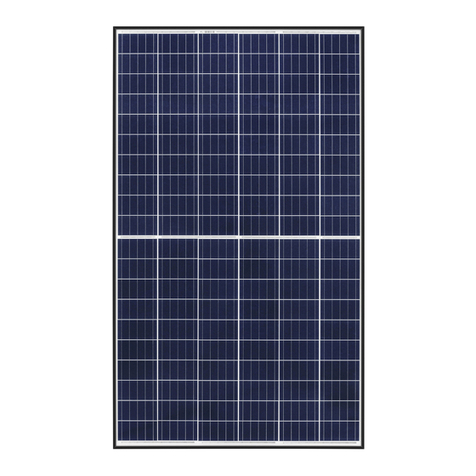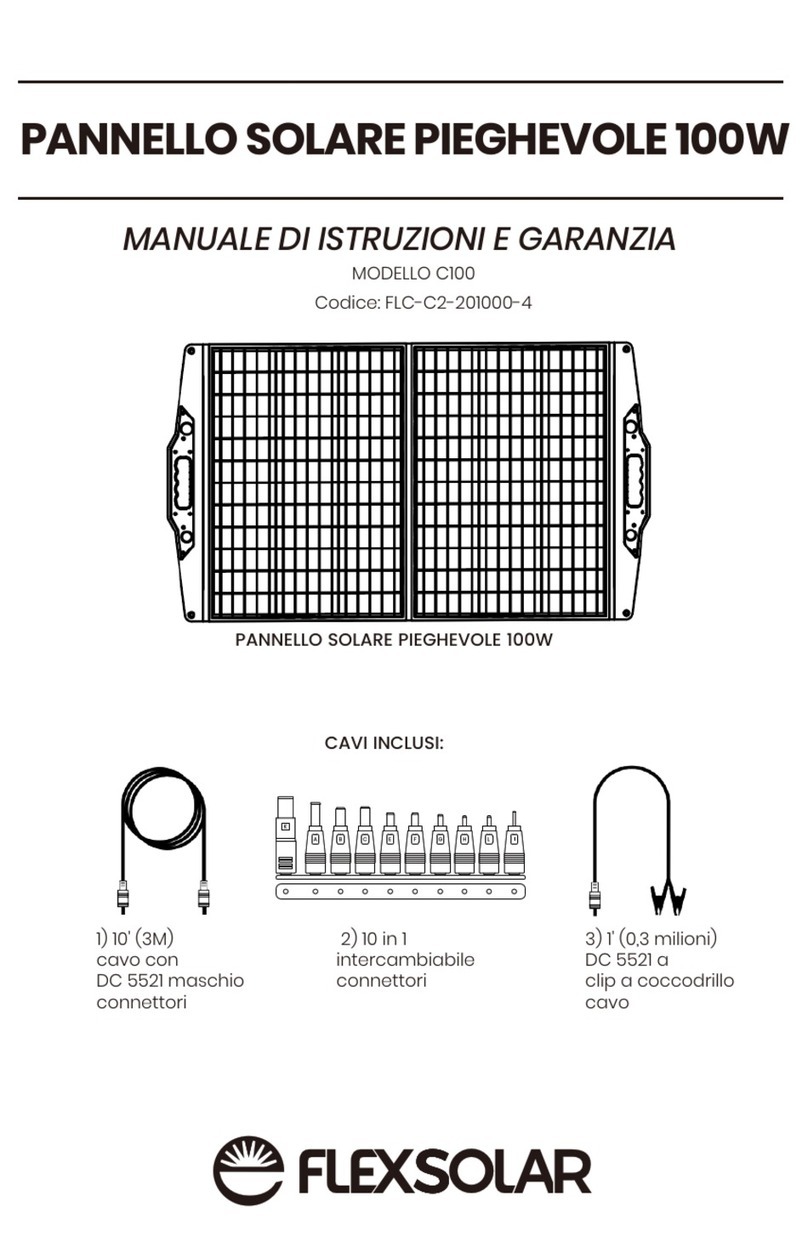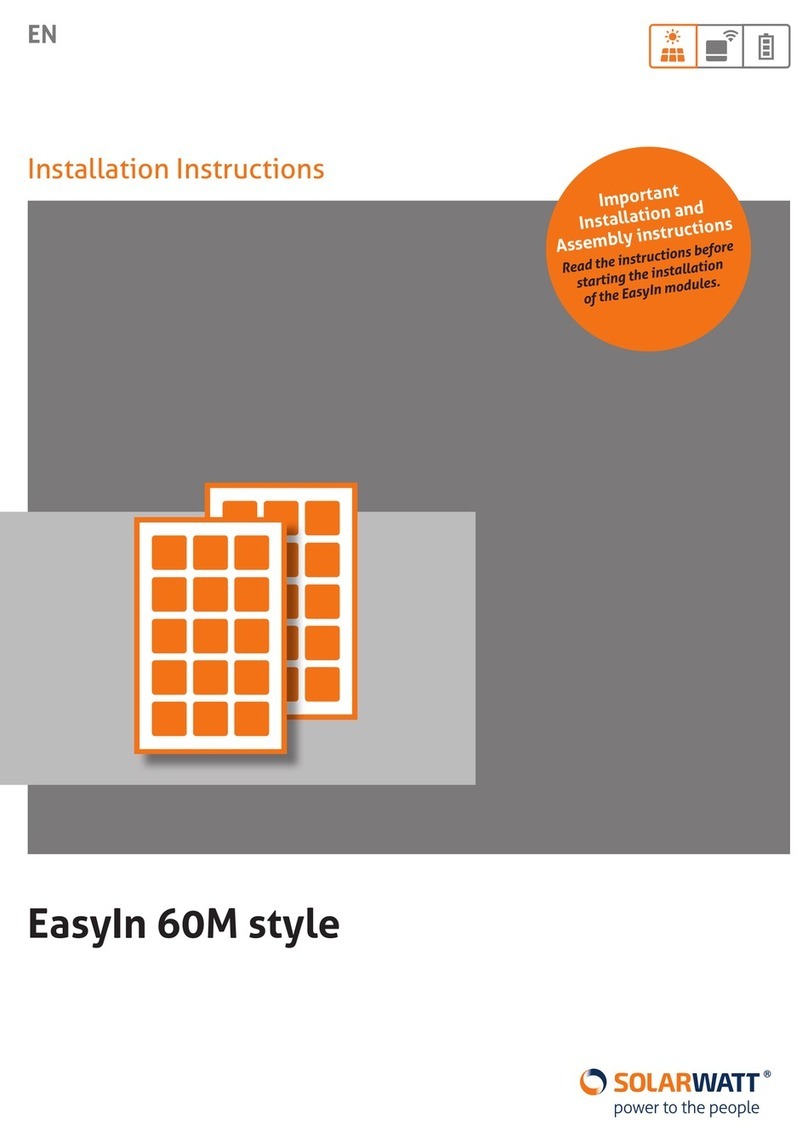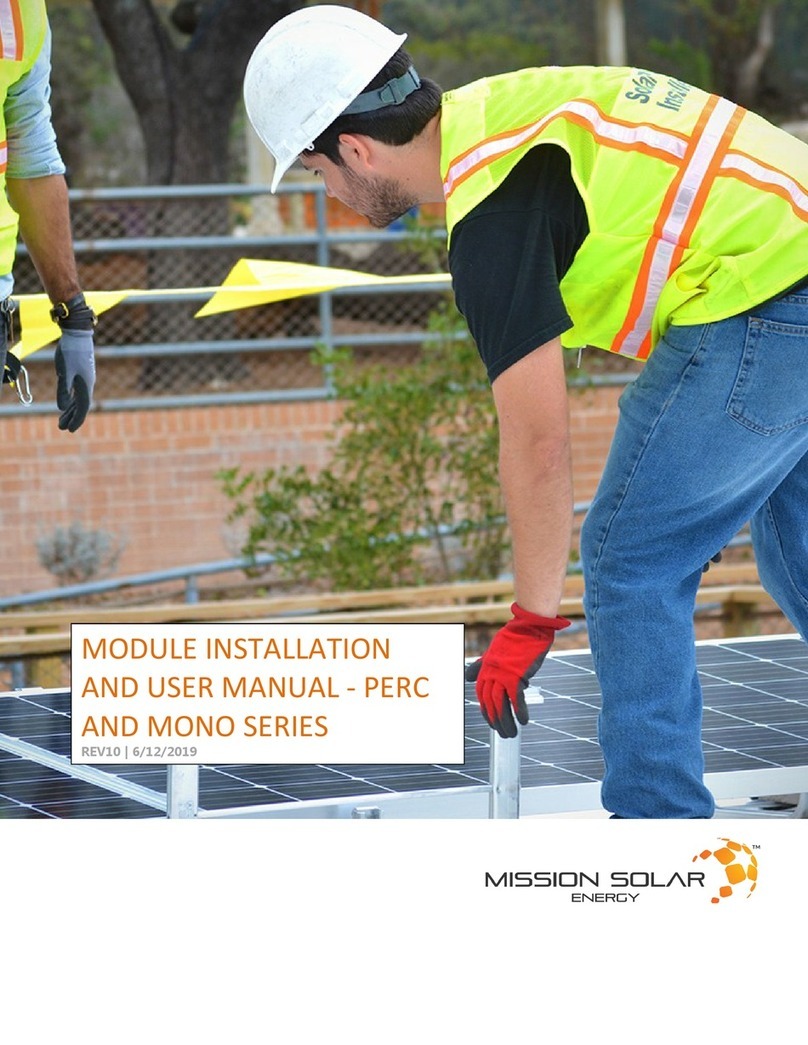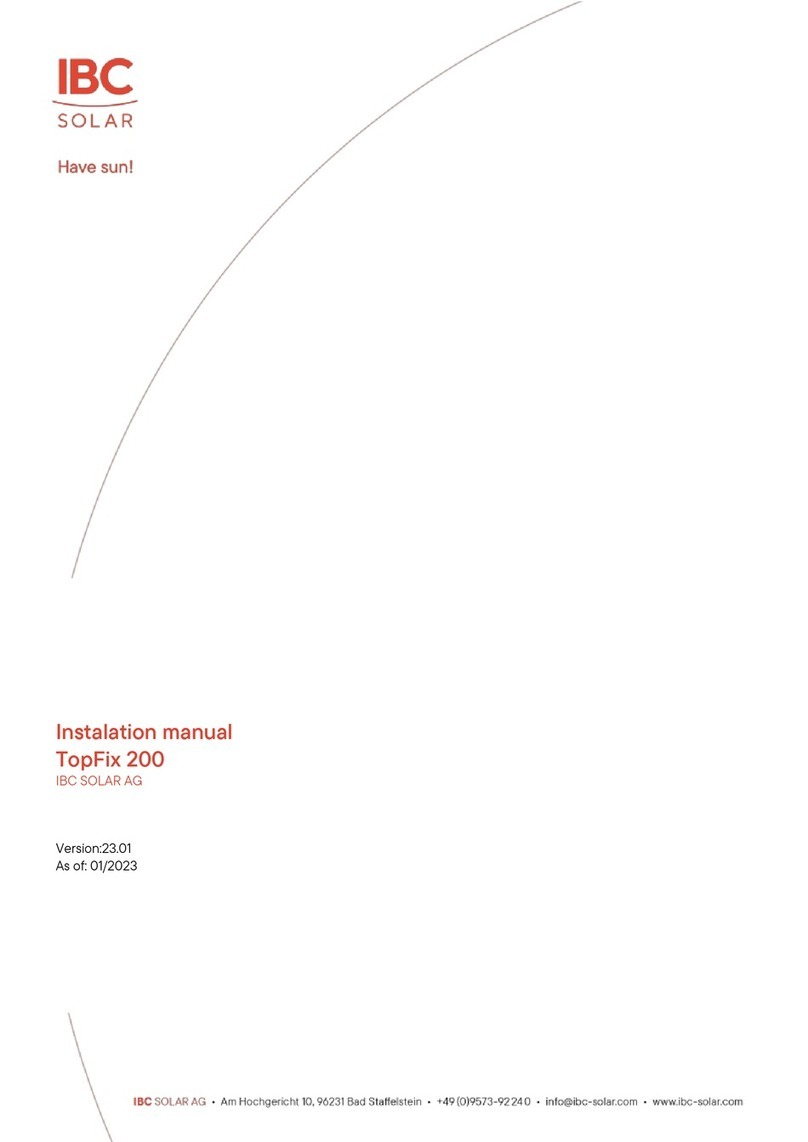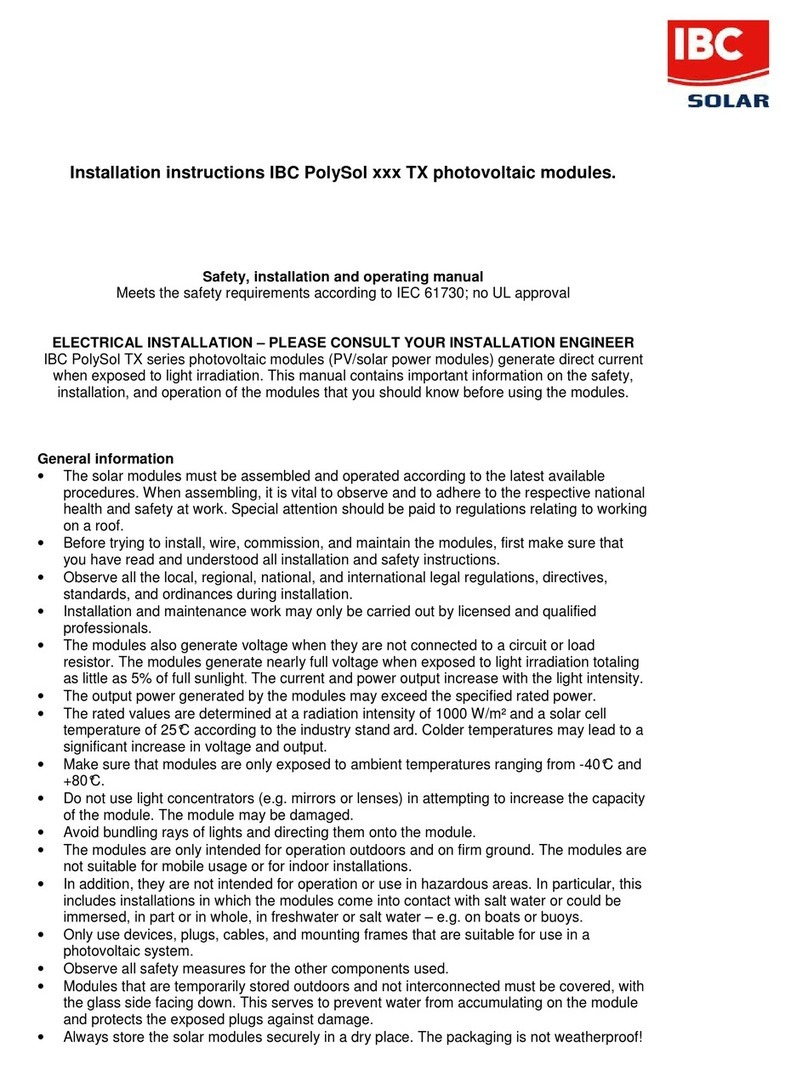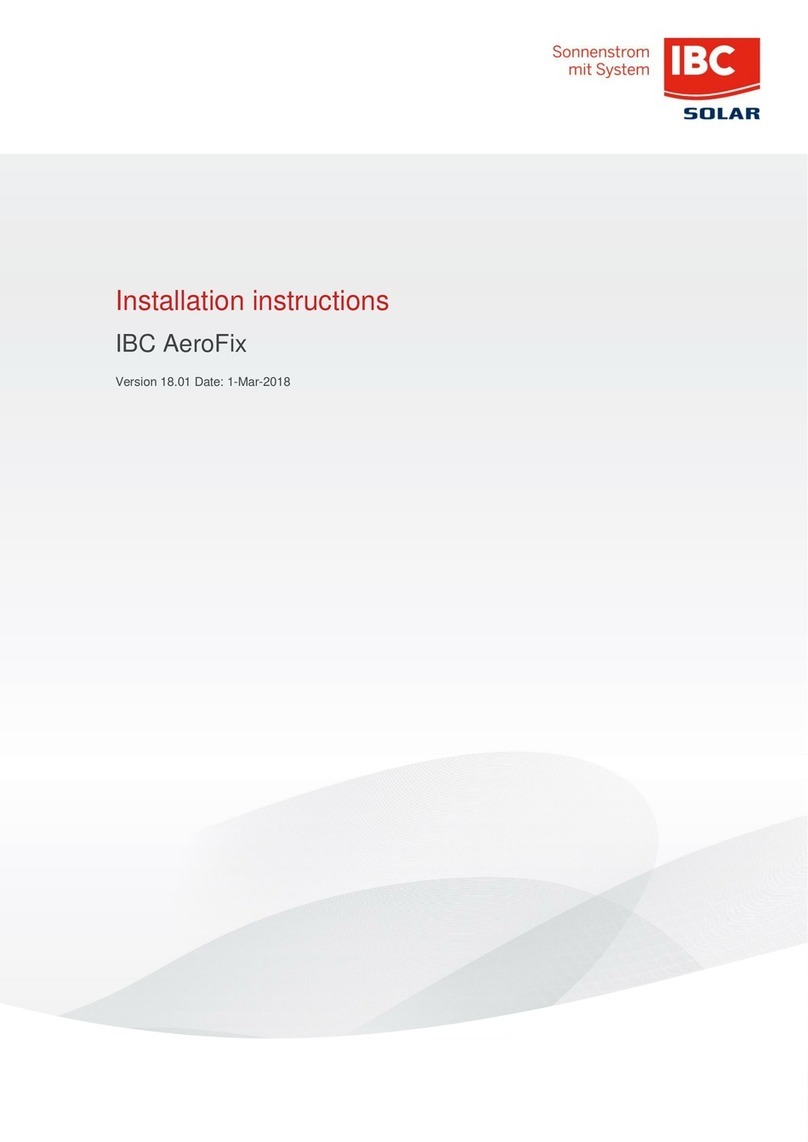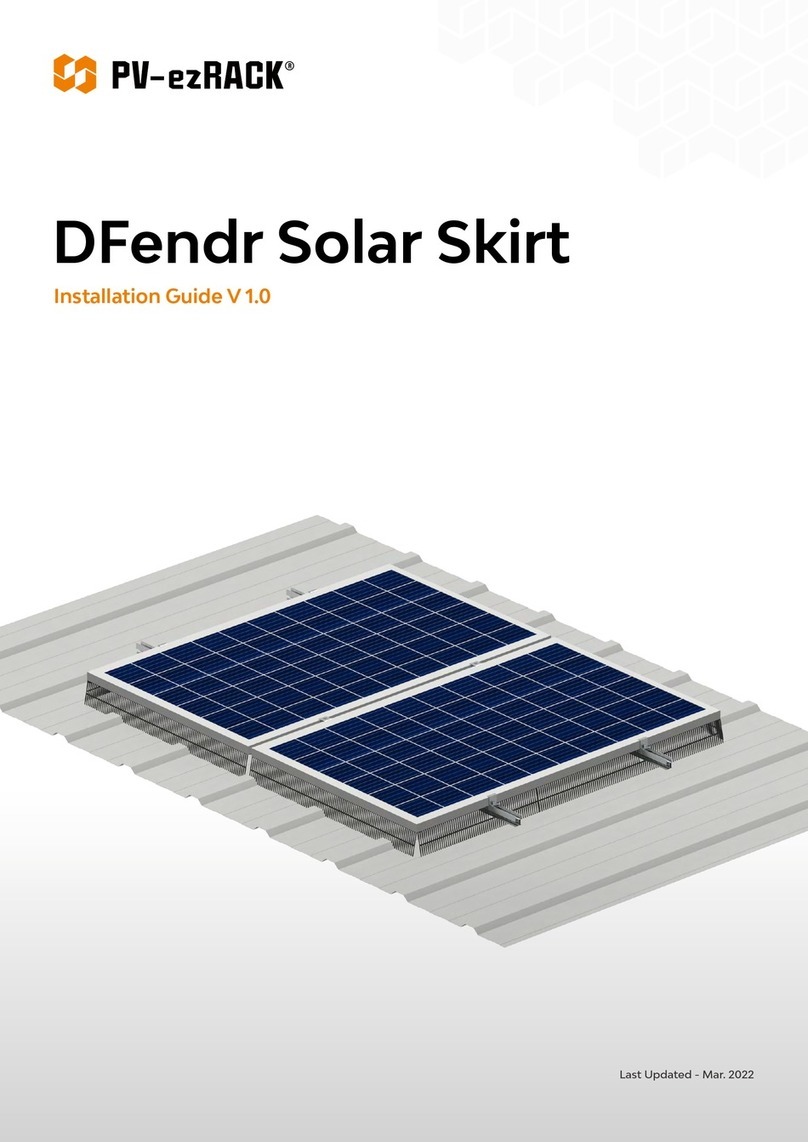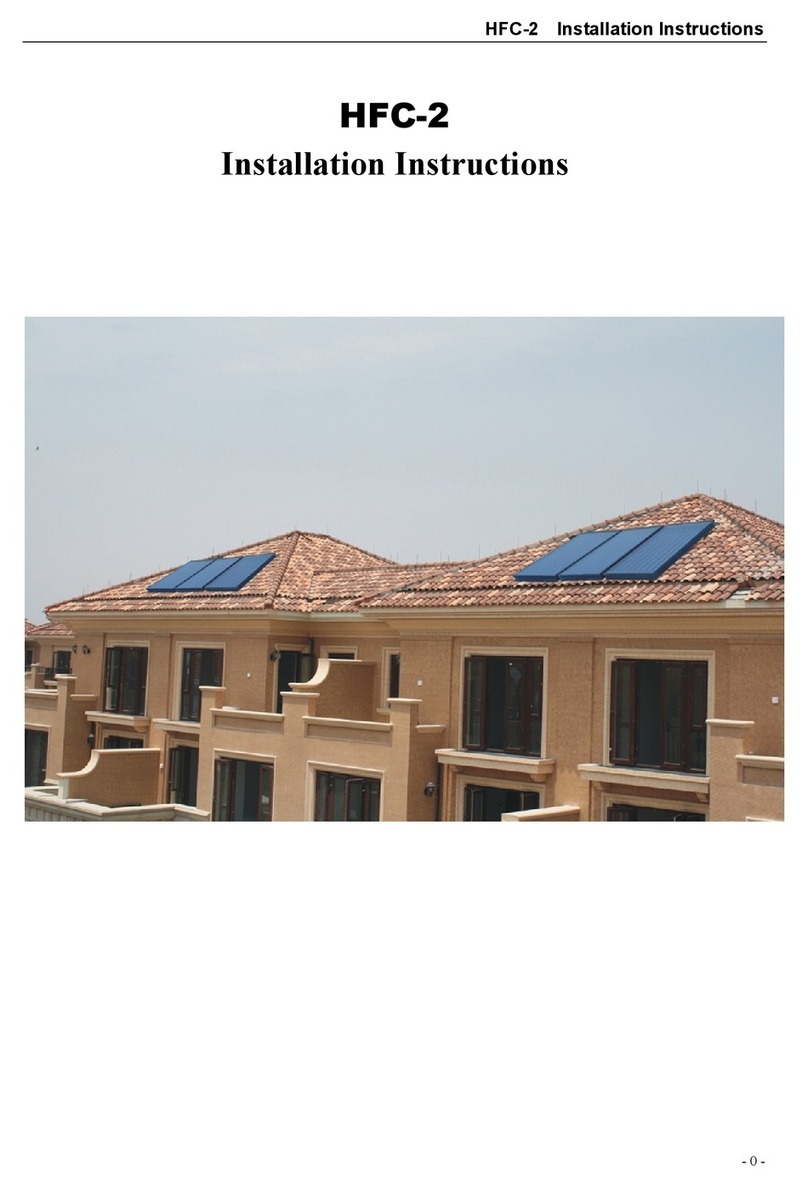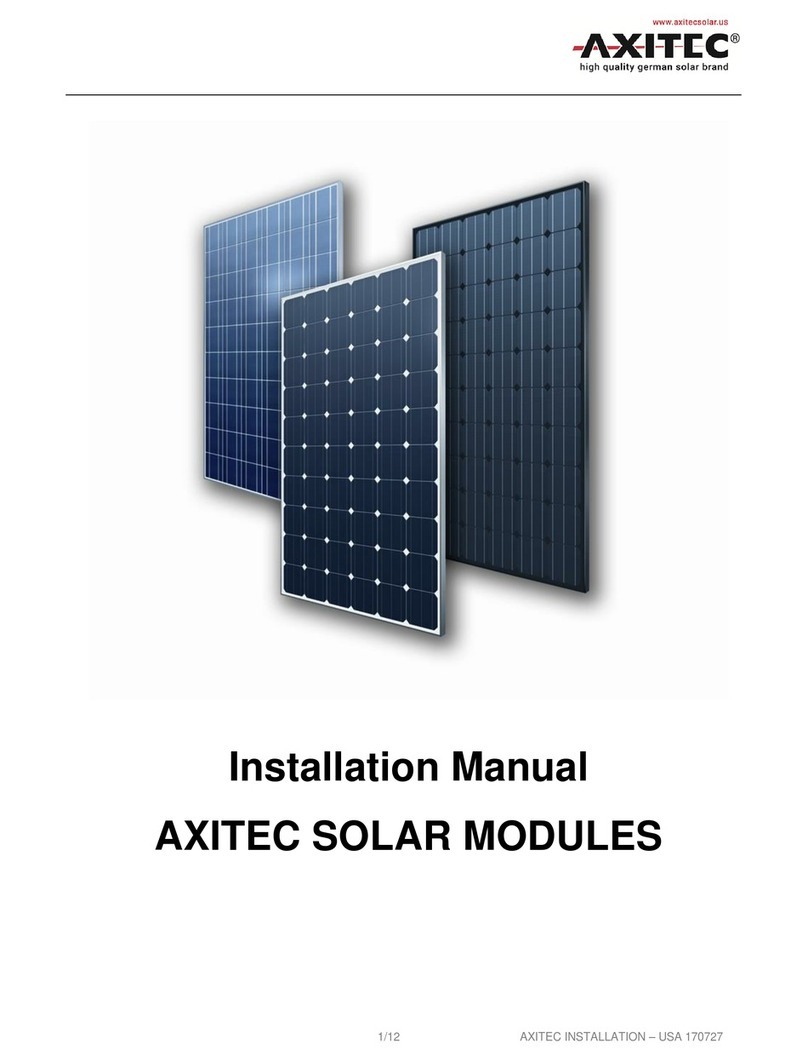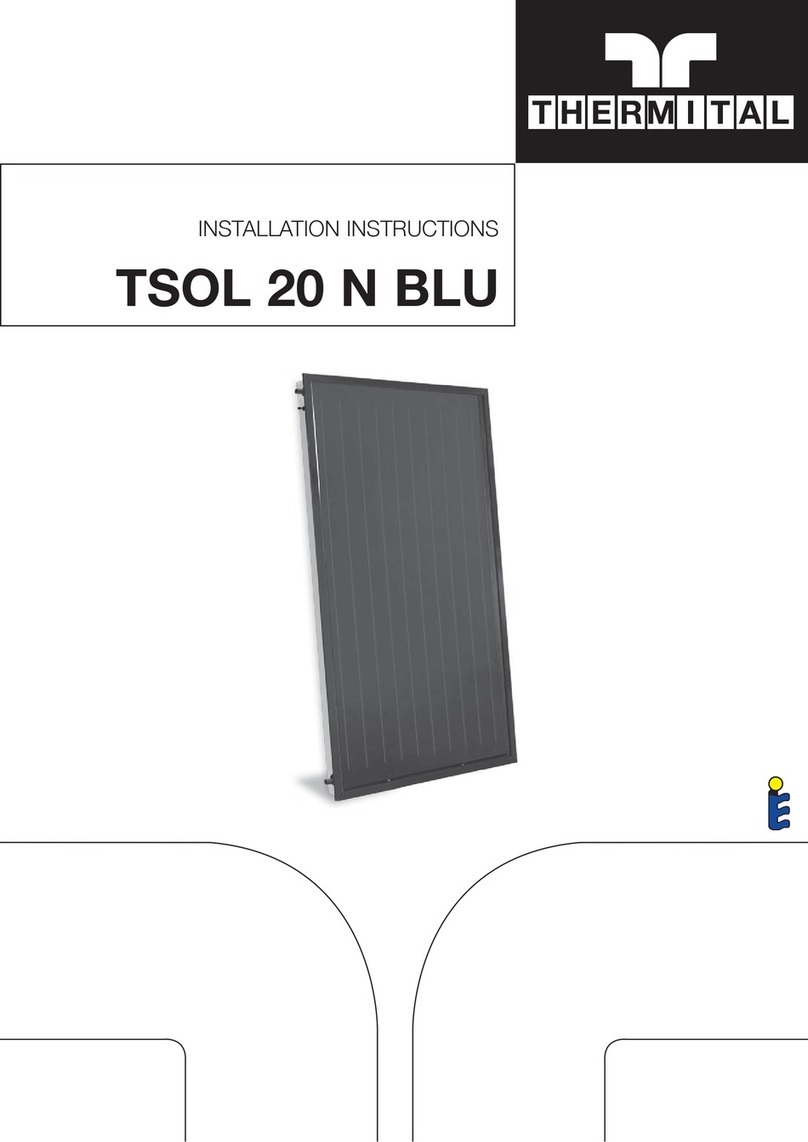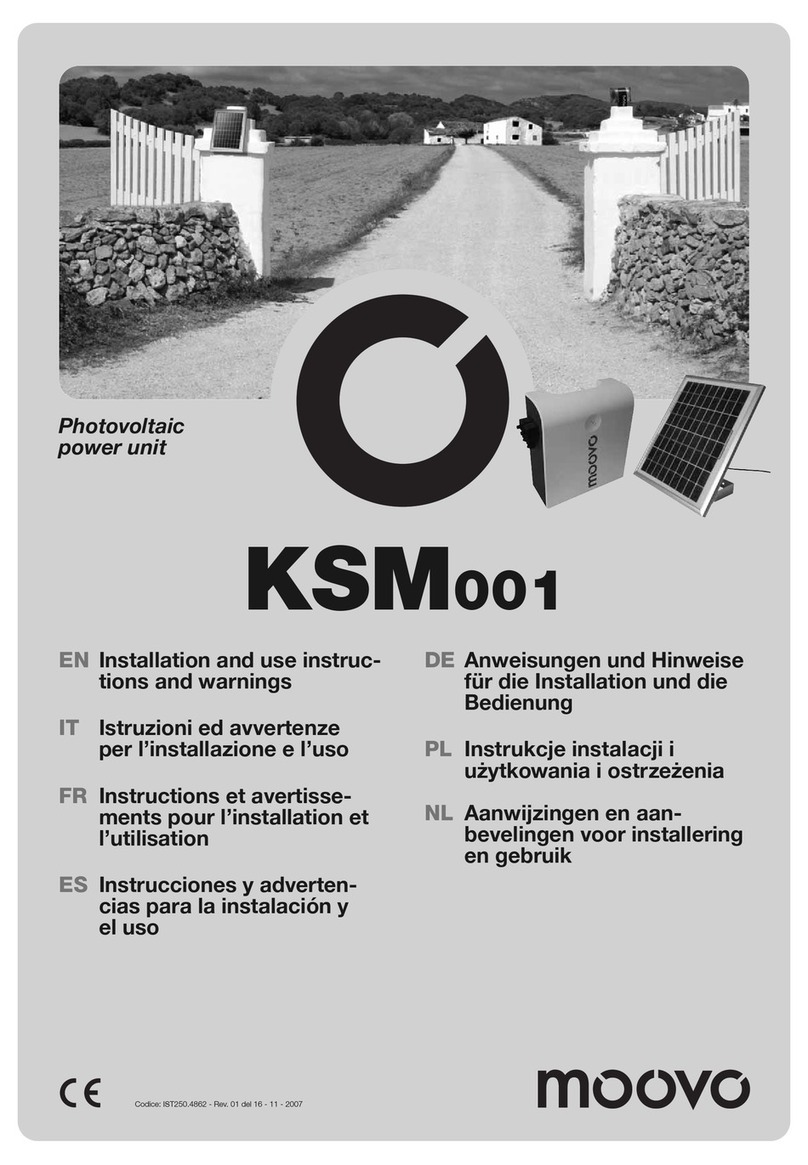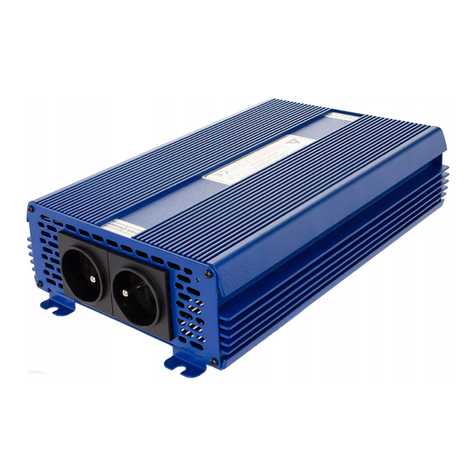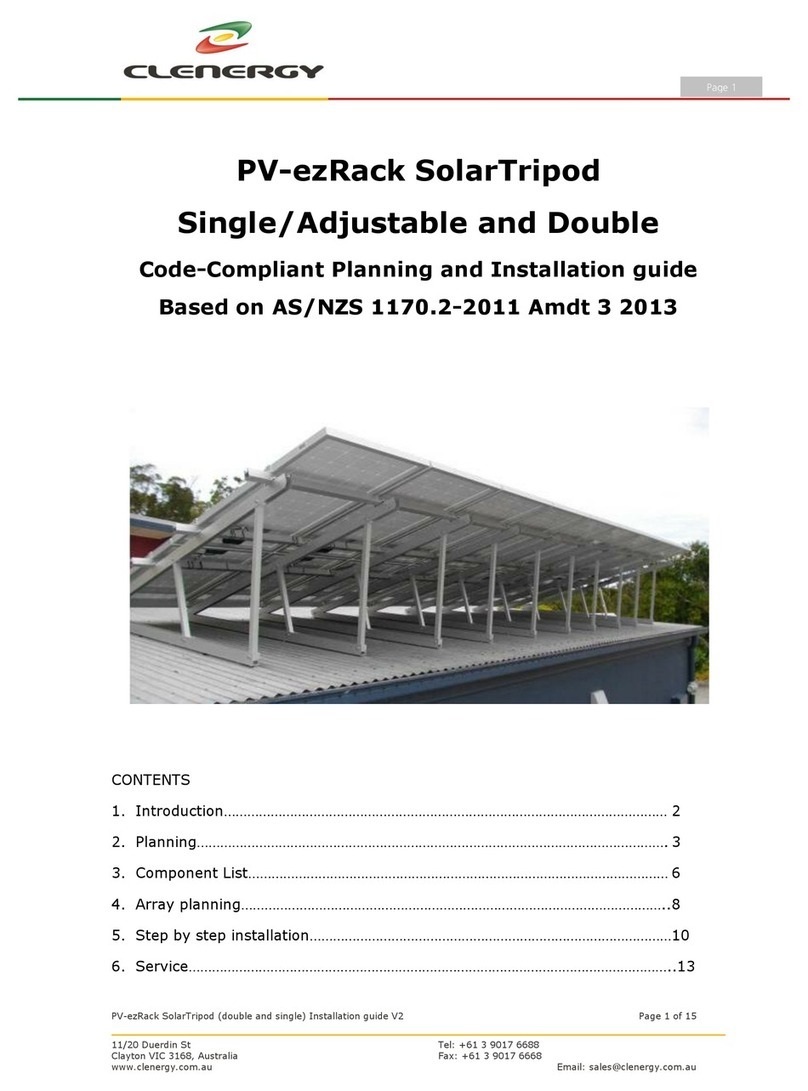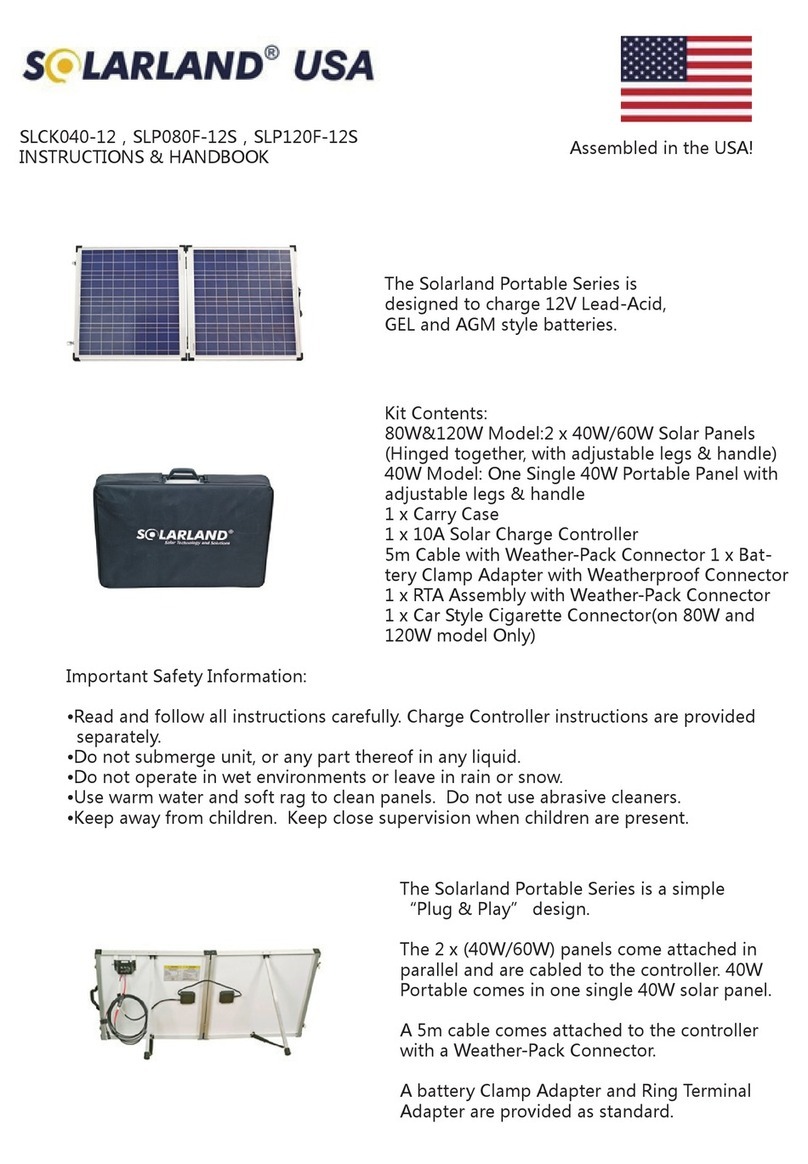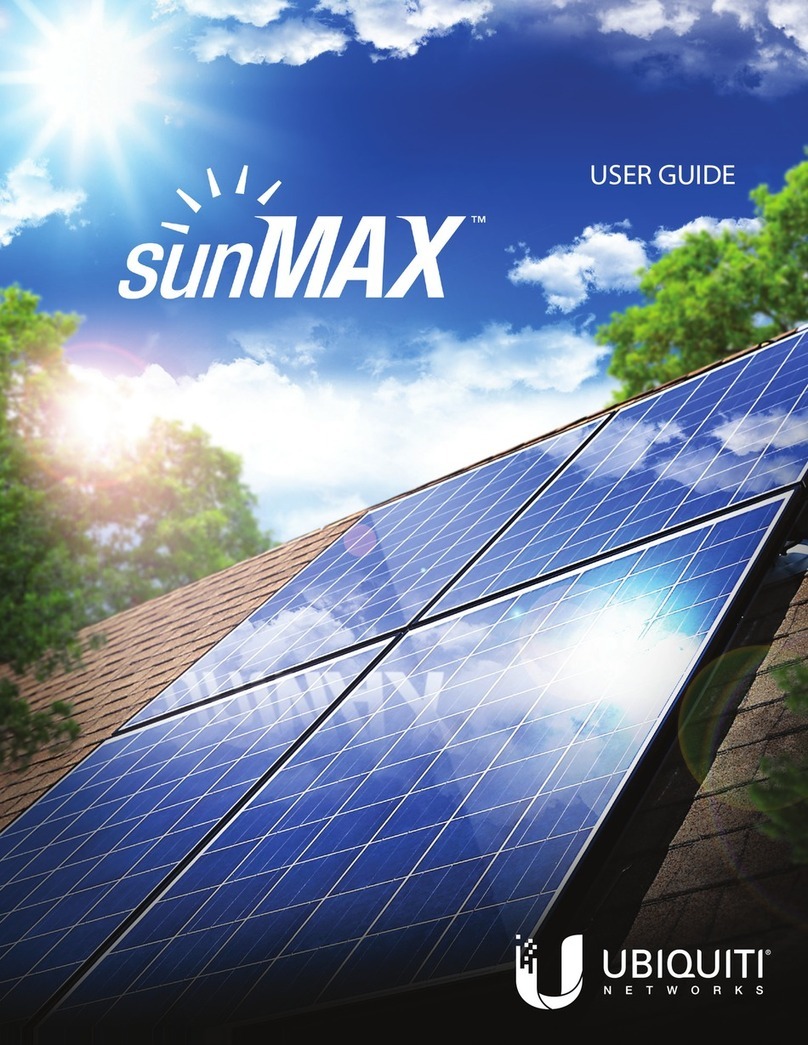5
Version 20.01, 20-July-2020
Condition for the 10-year guarantee to be granted: this only applies with the use of IBC
components. The guarantee is not valid for components from other suppliers. Complete
guarantee conditions are stated in the guarantee document.
We advise the use of gloves to avoid injuries.
During the entire assembly time, it must be ensured that at least one copy of the current
installation manual is available on the construction site.
Other important information and dimensioning standards
The entire PV system must be mounted according to the generally recognised technical regulations.
Please ensure that you observe the accident prevention regulations of the German employer‘s liability
insurance associations (Berufsgenossenschaften), in particular:
BGV A1 General instructions
BGV A3 Electrical systems and equipment
BGV C22 Construction work
BGV D36 Ladders and steps
Please ensure that installation is adapted to on-site conditions and corresponds to the respective generally
recognised technical regulations. Local regulations must be observed.
Please observe all regulations and guidelines under public law during planning, erection, operation and
maintenance of grid-connected PV plants including the following: EN standards, DIN standards, TAB,
accident prevention regulations, the guidelines from the association of property insurers (VDS –fire
protection guidelines), the professional guidelines of the roofing association and general guidelines (e.g.
timber structures, roofing and roof-sealing works).
Please note in particular (this is not an exhaustive list):
DIN / VDE 0100, particularly part 712 (erection of power installations with nominal voltage up to
1000 V)
DIN / VDE 0298 (electric cables)
VDI 6012 (local energy systems in buildings –photovoltaic)
DIN / VDE 0126 (solar energy systems for domestic use)
DIN / VDE 0185 part 1 to 4 (lightning protection)
DIN 18338 Roof covering and roof sealing works
DIN 18451 Scaffolding work
DIN 18015 Planning and erection of electrical installations in residential buildings
